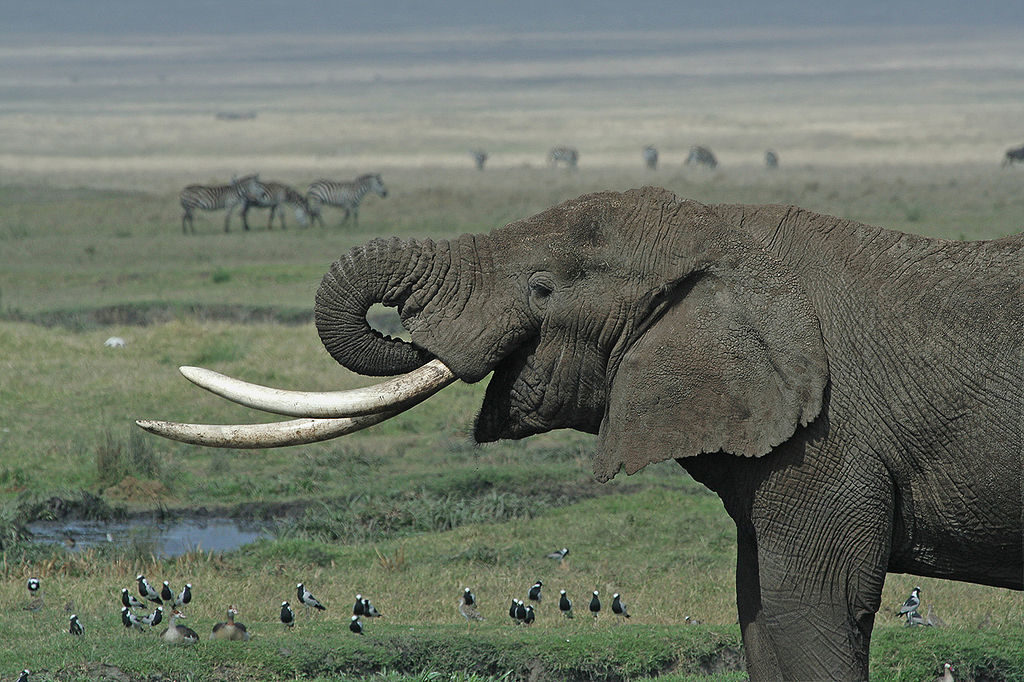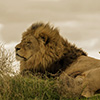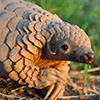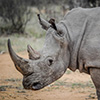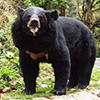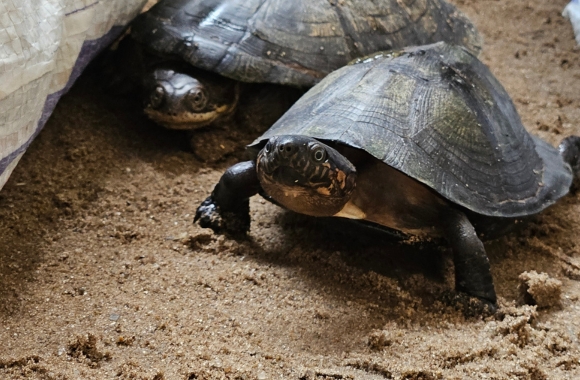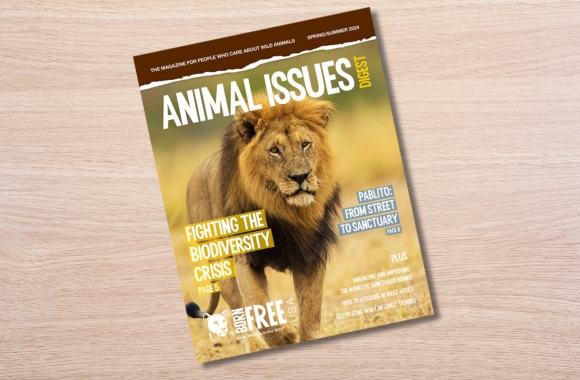“High profit margins, low risk of detection, low rates of conviction, low-level penalties, and official collusion and corruption mean that wildlife crime continues to be an attractive prospect for poachers and the criminal networks behind them.”
Born Free President Will Travers
Why is Wildlife Trade Harmful
Overexploitation of wildlife through international trade is of great concern to Born Free USA. Live animals, their body parts, and/or products made from them are shipped and sold across the world – for major profits.
Excluding the trafficking of timber and fish, the illegal wildlife trade is estimated to be worth as much as $20 billion U.S. dollars per year.
Animals affected by this trade include bears, lions, tigers, pangolins, and other mammals, who are among the species coveted for their body parts, organs, and products made from them; rhinos, who are killed for their horns; elephants, who are shipped live to zoos across the globe, hunted for their tusks, or killed after conflict with people; and sharks, primates, reptiles, exotic birds, and other species traded as “pets.”
Elephant and rhino poaching have reached a crisis point.
One significant aspect of wildlife trade is trophy hunting. A trophy hunt is a practice in which hunters pay to kill wild animals, predominantly for “fun” – for the trophy. Parts of the animal, usually the head, are kept by the hunter. Born Free USA rejects the argument put forward by hunters that trophy hunting is a sustainable conservation tool, or that it generates significant income for conservation.
Join Our Email List
Latest News and Work
July 09, 2024
